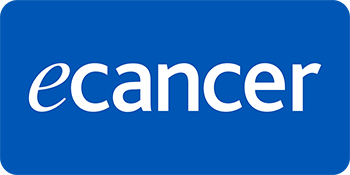Purpose: Lack of adequate knowledge about the disease is one of the key factors that misguide cancer patients and patients’ caregivers in choosing a better management plan. The purpose of the study was to assess the patients’ and caregivers' knowledge about the disease status and estimated treatment cost. Understanding of disease may improve adherence to treatment plans and quality of care.
Methods: It was a cross-sectional study where 120 cancer patients were selected based on convenience sampling and the availability of record files and relevant data. The site, stage and prognosis of disease recorded from patients and caregivers were compared with the record of outpatient department and inpatient files with the help of the Fisher's exact test. The patients’ knowledge about their financial estimates was also recorded. Three patients were selected for in-depth interviews based on purposive sampling to further support the findings.
Results: Among 120 analysed patients, 60.83% were female. Around two-thirds of male patients (69.2%) and male caregivers (62.2%) knew about the site but only one-third of female patients (30.8%) and female caregivers (37.8%) knew the same. The primary responsibility for managing financial issues was caregivers in 89.16%. Only 7.5% knew the estimated cost. Nepali as the primary language and better education level is correlated with knowledge of disease status, among both patients and caregivers but was statistically significant only in knowing prognosis among native Nepali speaker caregivers (p < 0.001), and better-educated patients (p < 0.001). As per the in-depth interview, all three patients knew the site of their disease, but only the patient with breast cancer was aware of the stage of the disease. None of the patients were aware of their disease prognosis, treatment plan or the estimated cost of their treatment.
Conclusion: The level of understanding is low for most patients and their immediate caregivers, particularly among those who are female, not literate and whose primary language is not Nepali. Appropriate strategy should be adopted to enhance basic understanding among patients and caregivers in our setting.







